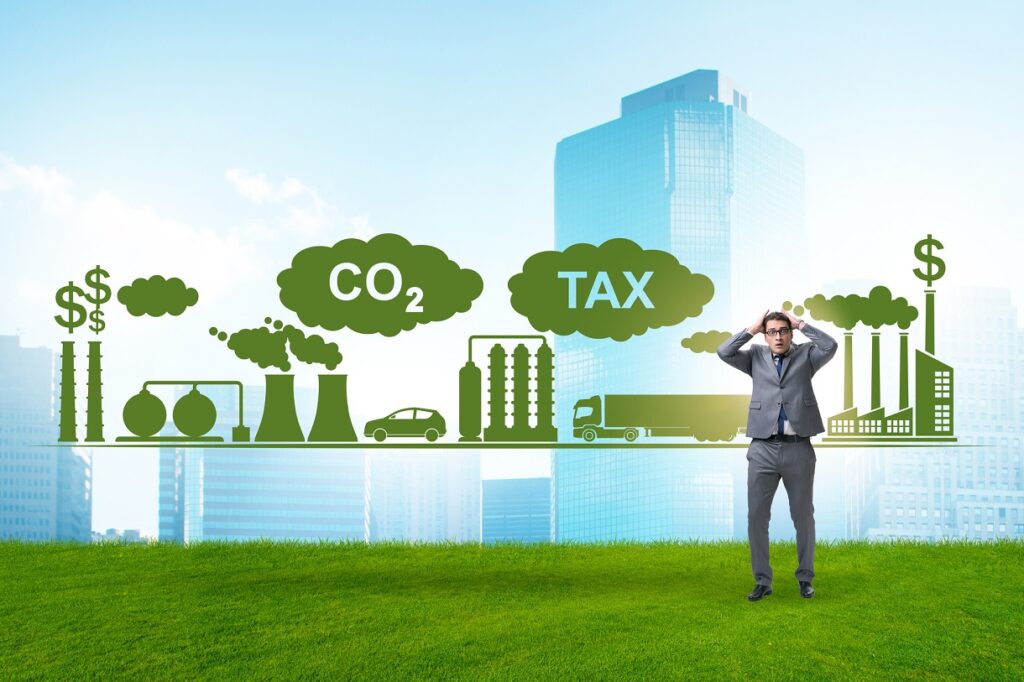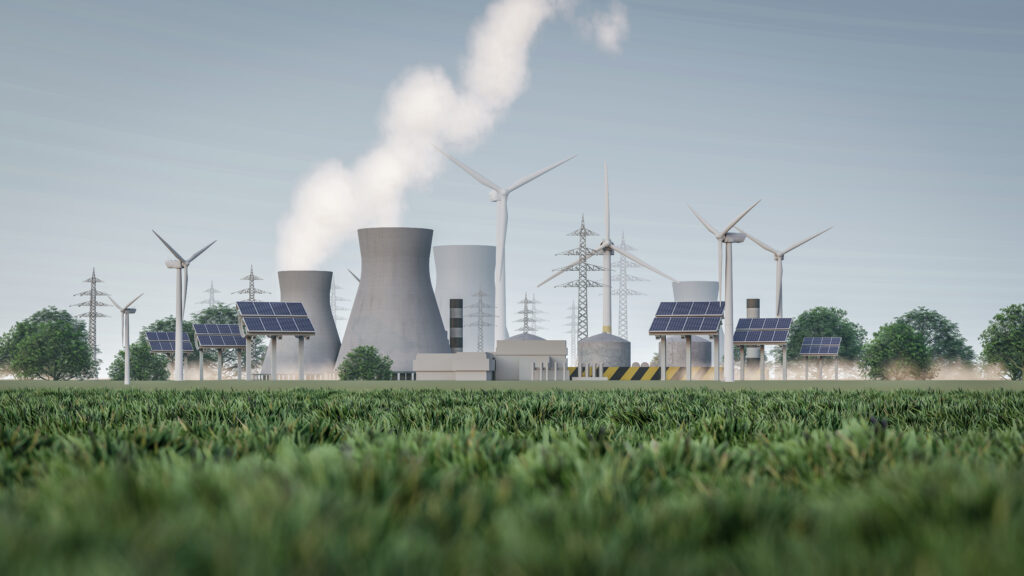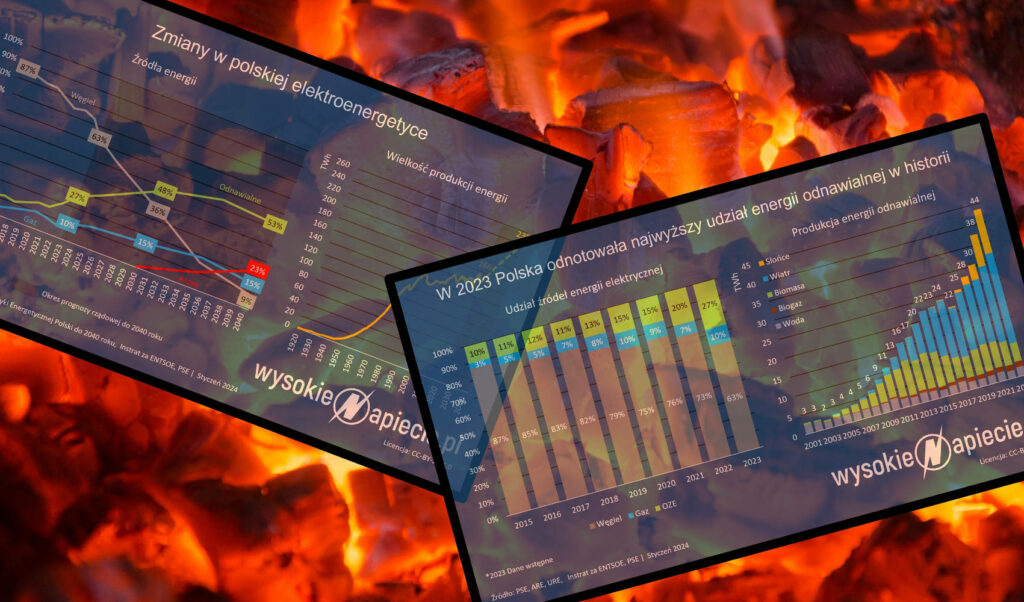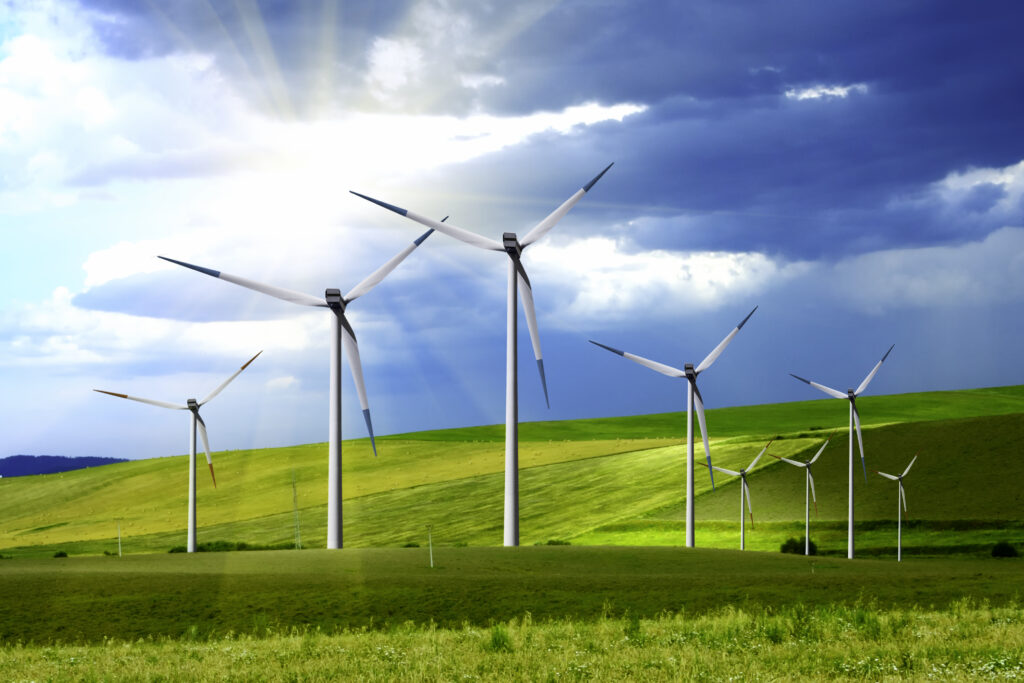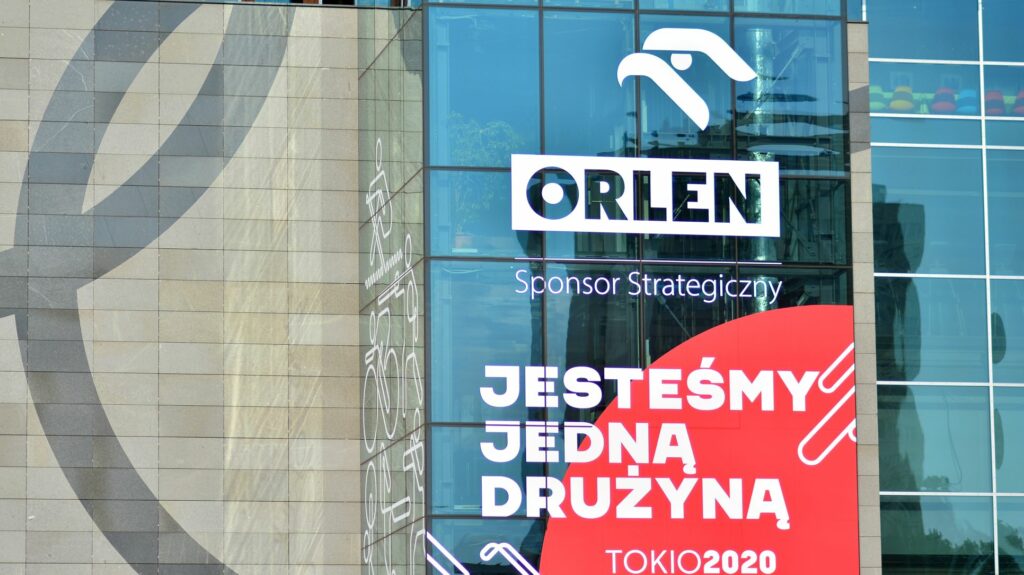Spis treści
Poland has the highest revenue from carbon emission allowance auctions (EUA) after Germany. Last year, the budget revenue from the sale of Polish allowances amounted to 24.4 billion PLN. Of this amount, about three-quarters went directly to the state budget, and one-quarter went to the Indirect Emissions Cost Compensation Fund, which benefits energy-intensive entrepreneurs.
By the end of July this year, the government will have to present the European Commission with a detailed report on expenditures for climate-related purposes, as outlined in the EU directive establishing the Emissions Trading System (EU ETS). Until now, it was sufficient to allocate at least half of the auction revenue to these purposes. Following the directive change last year, all auction revenue should now be allocated to the specified purposes. The government will face this challenge only next year. How will Poland manage? On paper, there should be no problems. However, most of the money does not go towards energy transformation.
Where the billions from CO2 emissions rights auctions went
For years, Poland has demonstrated in reports to the European Commission that at least half of the revenue from emissions rights auctions goes towards climate protection and energy transformation. In the latest available report for 2022, when revenues from allowance sales exceeded 23 billion PLN, more than half was allocated by the Polish government to the specified purposes.
For years, the main item in the reports has been support for the generation of energy from renewable sources (RES) through the obligation to redeem green certificates. In 2022, nearly 4.1 billion PLN was spent on this, and 4.8 billion PLN the previous year.
Read also: Falling CO2 emission rights prices – Finance Minister alarmed!
A surprise in the report could be the colossal expenditures on nuclear energy development. While in 2021 the government spent just under 900 million PLN on this, in 2022 it was nearly 4 billion PLN. The amount reported to the European Commission corresponds to the value of bonds that the Ministry of Finance transferred to the company Polish Nuclear Power Plants in the last days of December.
Significant items in the report to the European Commission also include expenditures on programs run by the National Fund for Environmental Protection and Water Management: Clean Air, My Electricity, and My Electrician. There are also expenditures on activities by the NFOŚiGW and KOBiZE.
The report also includes support for railways. In 2021, nearly 2.4 billion PLN was listed in the report, but in 2022 it was 833 million PLN.
It is worth remembering that 2021 was a record year for budget revenues from emissions rights auctions, with these revenues amounting to nearly 25.3 billion PLN.
A loophole in the directive
“The ETS directive leaves a loophole that allows spending auction revenues on other purposes, provided that member states ensure the equivalent expenditure from other revenues. This is similar to how it works in Poland today,” says Paweł Mzyk, head of the National Center for Emissions Management and Balancing. “We have a law on the trading system of greenhouse gas emission allowances that specifies the tasks for which part of the auction revenues must be spent. At least half must be spent on the specified goals contributing to emission reduction. These are not earmarked funds, so if the government previously incurred expenses in line with the law’s and directive’s goals, it can also include them in the report to the European Commission each year,” he adds.
In his opinion, after the ETS directive change last year, member states should allocate 100% of auction revenues to the specified purposes. “However, I do not expect a spectacular increase in funds for these purposes this year, considering that the number of allowances is decreasing every year and the price of emission allowances has fallen,” adds Mzyk.
CO2 emission rights prices in the EU ETS system from 2012-2024 (as of February 23, 2024)
“Poland is obligated to transpose EU regulations and amend the Act of June 12, 2015, on the trading system of greenhouse gas emission allowances. We are already late, as the deadline for transposing these regulations passed at the end of 2023. The government should amend national regulations as soon as possible. Importantly, the new directive came into force at the beginning of this year. This means that in the report covering 2024, Poland will have to disclose how it used 100 percent of the revenue from the sale of CO2 emission allowances,” explains Anna Frączyk, a lawyer at the ClientEarth Foundation, author of the report “Creative Accounting. How Poland is Wasting EU ETS Funds.”
“It is worth noting that member states are required to use ‘revenues or the financial equivalent of these revenues’ for at least one of the objectives mentioned in Article 10(3) of the EU EST Directive (climate and environmental goals). This is not good news. Such provisions allow practices similar to those in Poland, where revenues from the sale of EU ETS emission allowances go to the state budget,” she adds.
In her opinion, ETS funds should go into a dedicated fund to finance effective decarbonization actions, such as improving energy efficiency, supporting the development of energy communities, or low-emission public transport. “This way, we would gain transparency and control over the spending of EU ETS revenues,” she emphasizes.
The Energy Transformation Fund was included in the draft amendment to the Act on the trading system of greenhouse gas emission allowances, which appeared in autumn 2021. Since then, nothing has changed. The new government has not yet presented its solution.
The system works, although reports are not precise
In 2022, the total auction revenue generated within the ETS system amounted to 38.8 billion euros, of which 29.7 billion euros went directly to member states, according to the European Environment Agency. The remainder went to the Innovation Fund and Modernization Fund, EFTA countries, and Northern Ireland. Four member states: Germany, Poland, Italy, and Spain, account for about 60% of the revenue.
Almost all member states reported in 2023 that they spent over 50% of auction revenue on climate and energy-related activities. Seventeen member states reported that their expenditure level in 2022 was close to or already meeting the new requirement of 100% of funds for climate and energy-related activities. Half of the countries, including Poland, use part of the auction revenue for indirect emission cost compensation.
Poland is not the only country without a dedicated fund for auction revenue from emission allowances. According to the European Environment Agency report, several member states do not allocate their auction revenue to specified purposes but rather attribute part or all of it to a broad budget funded from multiple sources. Often in such cases, countries provide examples of projects funded from the broad budget. The reported expenditure can even exceed auction revenue in a given year because, for example, reported projects were co-financed from other funds or in previous years.
EU state revenue from EUA sales. Source: European Environment Agency
From the very beginning of the EU ETS, member states have spent about 152 billion euros on climate protection and energy transformation investments. Most expenditures were incurred at the national or EU level. In absolute terms, the amount allocated to international projects – benefiting mainly developing countries through multilateral funds and institutions – has remained relatively unchanged since 2018 (about 200 million euros annually). Polish reports did not specify any expenditure on such activities.
Let us recall that Poland, as a country, has a deficit of emission allowances – Polish enterprises must buy more emission allowances than the Polish government sells at auctions.


